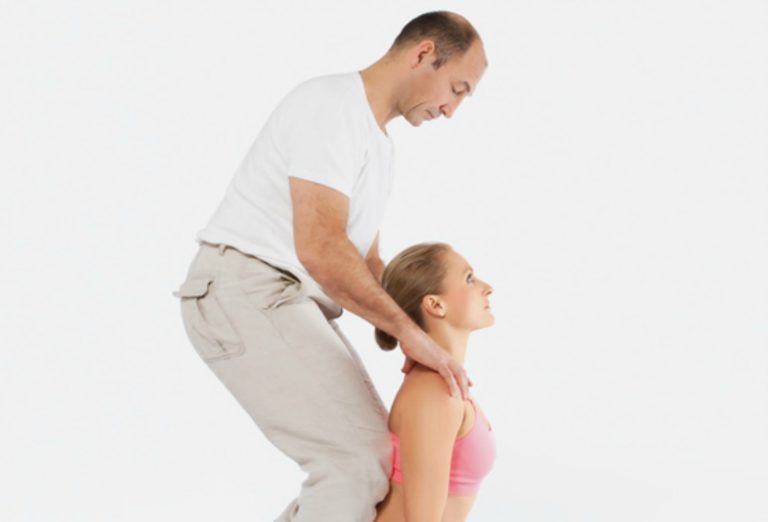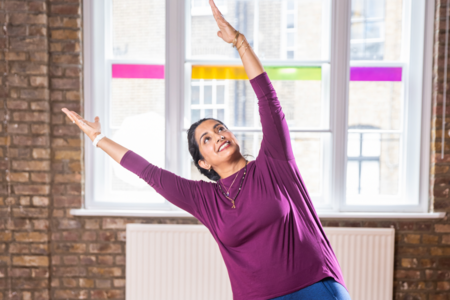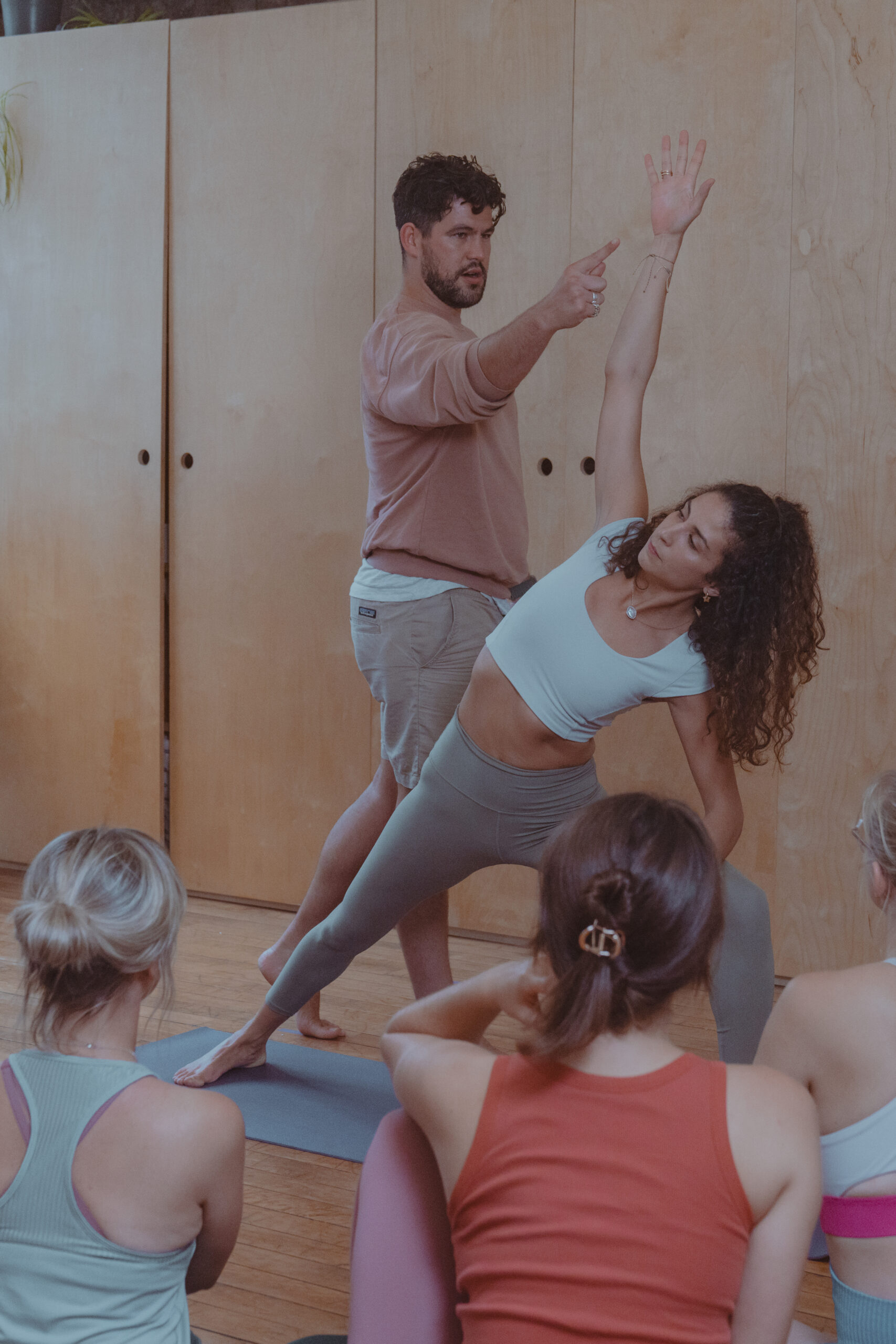Yoga postures, done correctly, should have many beneficial and clearly visible effects on our standing and sitting posture, the work on the mat transferring into our daily lives.
For seasoned yoga practitioners good posture should become second nature. However, we might first have to overcome some common postural problems, including:
- Rounded shoulders and upper back: shoulder tendinitis, neck pain, wrist strains, achy upper back, breathing problems, headaches.
- “Sway” (over-arched) lower back and forward-tilted pelvis: low back pain, weak abdominal muscles, tense psoas and front thigh muscles, stiffness in lower back muscles and ligaments, bowel/menstrual disturbances.
- Forward protruding head and neck: neck pain, headaches, lightheadedness/dizziness. (Should not be doing headstand.)
- Locking and hyper extending knees: tense but also weakened front thigh and psoas muscles, knee problems created by excessive mobility, lower back pain.
- Weight too far forward in feet: dropped transverse (metatarsal) arch, painful feet/toes, “hammer” toes, bunions, lower back pain, hyper extended knees, postural distortions of spine.
How does this relate to yoga practice?
Most importantly, if someone has exaggerated spinal curves, they should be careful not to further increase this tendency.
Forward bends
Pushing deep into forward bends (by pulling too much with the arms or crunching in with the abdomen) and repeating this over many years can result in the thoracic spine becoming chronically rounded.
As the thoracic spine becomes more rounded, it may become less able to backbend, fix in a rounded position, and unresponsive to osteopathic treatment. A chronically shortened abdomen (this can also happen with incorrect bandha control and a harsh breathing pattern) will pull on the sternum and round the thoracic spine further over time.
Try this standing up to feel the connection:
If you round your upper back, it shortens the abdomen. If you lengthen the abdomen, it helps “unround” the upper back.
If the thoracic spine struggles to backbend, the neck is at risk during backbends if you take it back too far.
The result may be a hyper mobile neck due to the neck over working and the thoracic spine under working. Yes – you really can create your own hypermobility.
Backward bends
When you backbend too deeply, too often and with poor technique (such as hinging at one vertebral joint), the lumbar spine can become “better” at back bending. However, often it becomes correspondingly “worse” at forward bending due to a shortening of back muscles, facet joint capsules and ligaments. The tendency then can be to overwork the thoracic spine in a forward bend, resulting in a rounded thoracic curve and an over arched lumbar curve.
How you can change your practice
Forward bends
We tend to feel straight-legged forward bends in the back of the leg. This tends to act as a brake on pelvic motion, making life more difficult for the lumbar spine. Commonly what happens then is the thoracic spine is excessively rounded forwards towards the legs in an attempt to go “deeper”. This is one example of how movement patterns create postural aberrations.
Today’s movement patterns create tomorrow’s posture.
To access and lengthen the lumbar spine, bending the knees enables a fuller pelvic rotation forwards. This assists the forward bend in the lumbar region.
The increased freedom in the lumbar spine improves the forward bend and allows the front of the body to be closer to the legs. Not only is this safer for the lower back, it also changes the geometry of the pose. It allows the thoracic spine to lengthen towards the floor, assisted by gravity under the weight of the skull (in a standing forward bend) rather than rounded towards the legs.
This change results in more forward bending in the lower back and less forward bending (rounding) in the thoracic spine.
Backbends
In backbends, I suggest trying to backbend less from the lumbar spine and more from the thoracic spine. This is particularly important for individuals whose lumbar spines bend backwards easily. Also, encouraging the front thighs to lengthen more can also take pressure off the lumbar spine.
As with forward bends, bending knees can help. Bending the knees in standing backbends and drawing the pubic bone up in all back bends helps avoid excessive arching or pinching in the lumbar spine – both generally and in the base of the spine specifically. This action transfers stress away from the lower back to the abdomen, hip flexors and front thighs, all of which are very strong parts of the body.
So my message is be mindful of your posture when you are doing your postures.
Think about how every posture you do is affecting your posture.
If you’ve been doing yoga a few years, your posture should have improved and it should be less effort to maintain a good standing or sitting posture.
If it hasn’t or even got worse you may be over working the parts that don’t need it and under working the parts that do need work.
Join Tim at his workshop, “integrating your postures with your posture,” at triyoga Chelsea on 7th October to learn more. Click here for details and to book.
Tim Goullet is a sports scientist and osteopath with 25 years’ experience. He taught at The British College of Osteopathic Medicine for over 20 years and teaches workshops on biomechanics and exercise. He has practiced yoga for 15 years and co-authored the book “Healing Yoga” with Liz Lark. Tim runs an osteopathic clinic in triyoga Chelsea.










